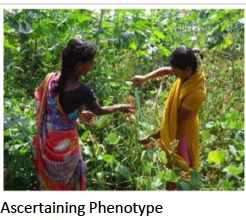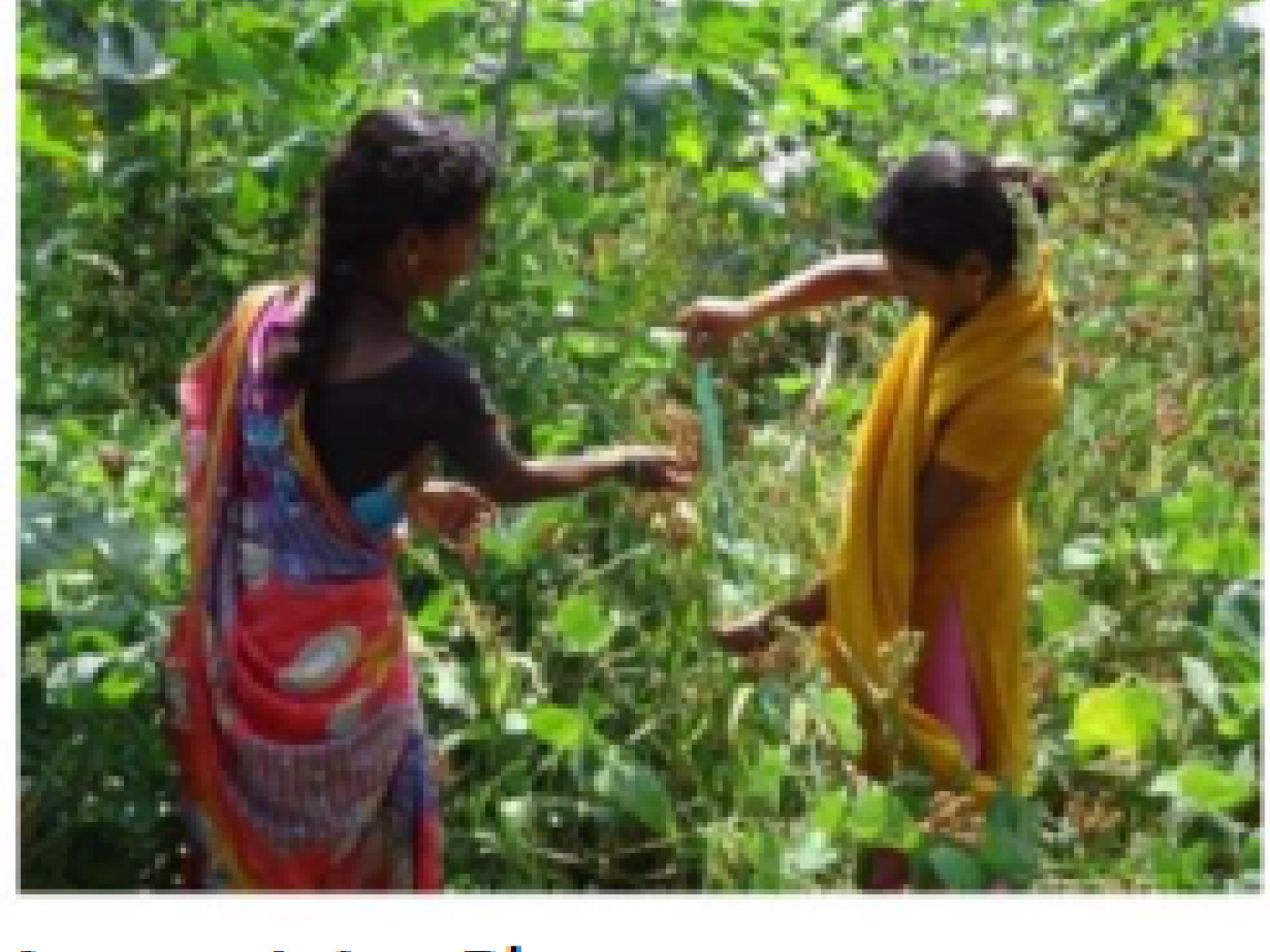An Overview Of Our Solution
- Population Impacted:
- Continent: Asia
Organization type
Population impacted
Size of agricultural area
Production quantity
People employed
Describe your solution
Describe your implementation
External connections
What is the environmental or ecological challenge you are targeting with your solution?
Describe the context in which you are operating
Janadhanya works in Kanakapura Taluk of Ramanagara district in Karnataka, India. As per the Census 2011 the taluk has a population of 269,863 persons, of which 56% are male and 44% females. 23% of the population comprise of Scheduled Castes and 3% of Scheduled Tribes. There are 76,580 cultivators, and 27,490 agricultural labourers. It falls within the southern dry zone with sandy loam soil and average 700 – 800 mm rainfall. Only 20% of the area is irrigated. Agriculture is the primary source of occupation and crops suited to rainfed conditions are grown in the region. Drought affects production of food and fodder. This makes the food security and livelihoods of the farmers vulnerable. Extreme weather coupled with farmers’ dependence on external sources for their agricultural inputs has significantly reduced agro-biodiversity of the region. This loss of diversity has impacted livelihoods, reduced local varieties of seeds, which sustain their economy, environment, culture and health.
How did you impact natural resource use and greenhouse gas emissions?
Language(s)
Social/Community
Water
Food Security/Nutrition
Economic/Sustainable Development
Climate
Sustainability
The current work on agro-biodiversity conservation and sustainable agriculture is funded partly by GREEN Foundation. Part of the resources come from direct marketing of the produce, which is marketed to rural and urban consumers through Janadhanya Producer Company, which has been promoted specifically for the purpose. Return from the sale of the produce is shared between the Enterprise Groups, which work on various agriculture and allied small enterprises. A part of the profit is shared with the community institutions to fund the seed preservation activities.
Return on investment
Entrant Banner Image

